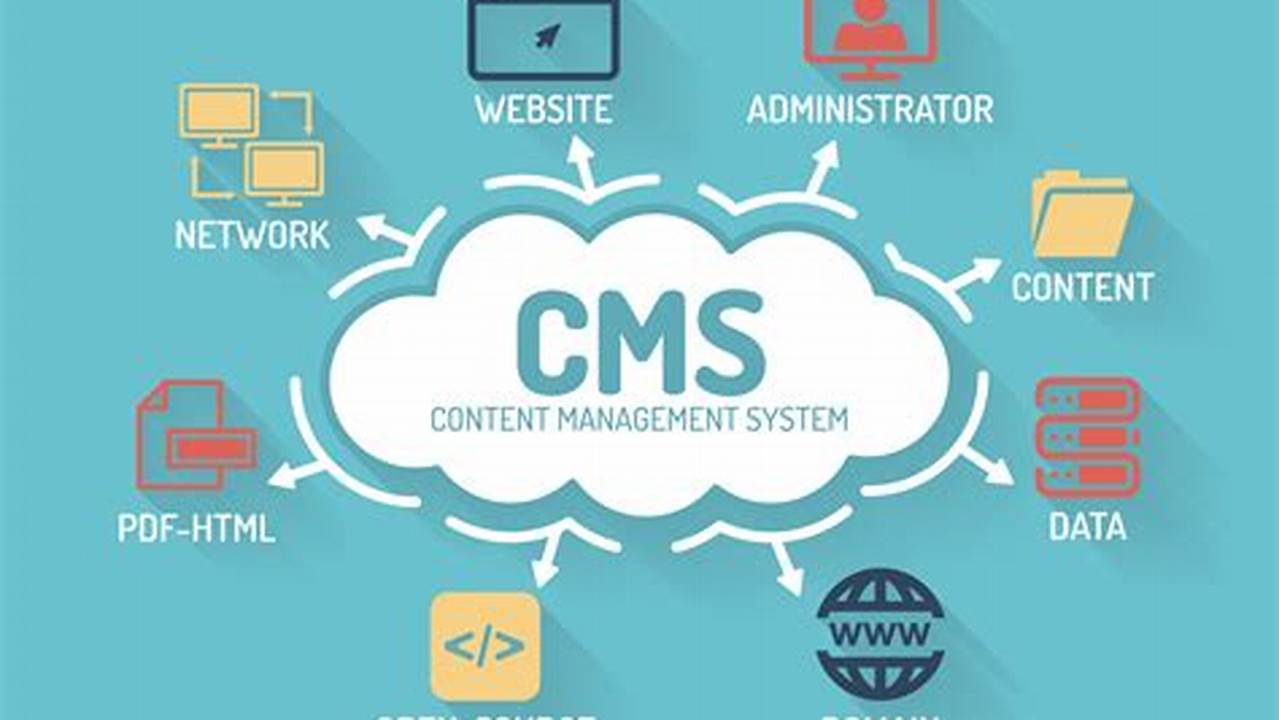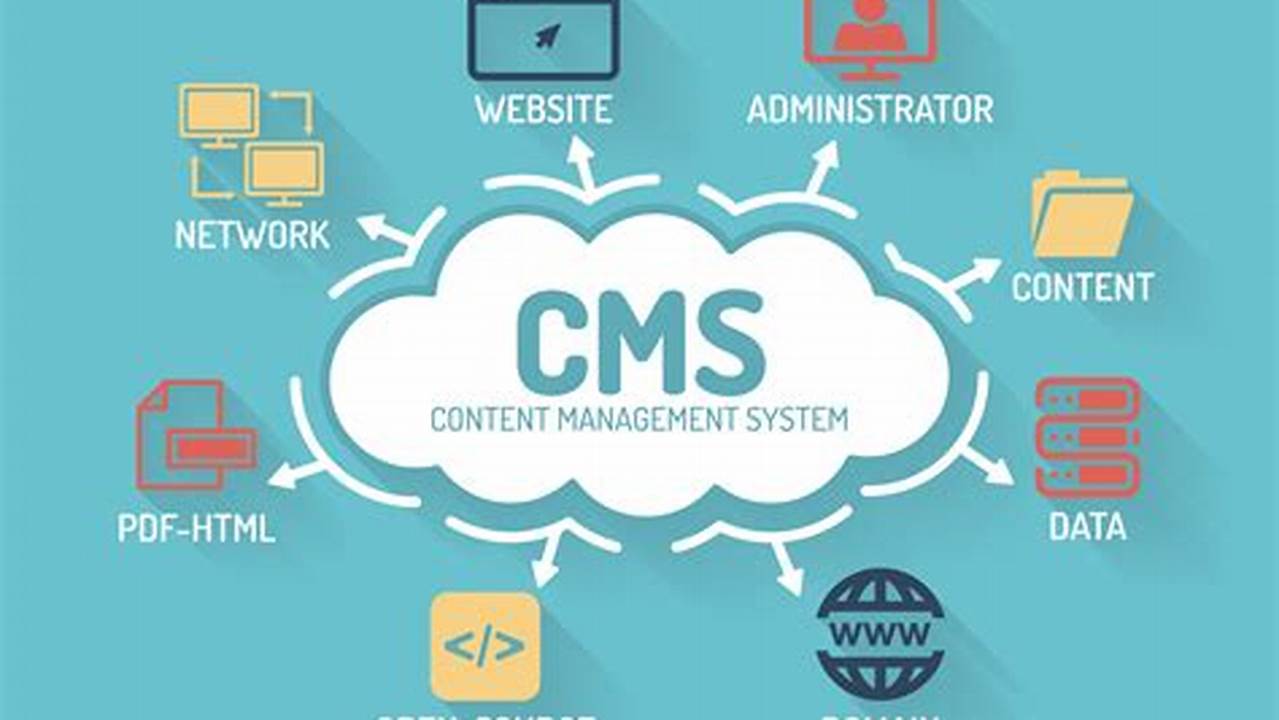Websites and online platforms are no longer static entities but dynamic spaces requiring constant updates and modifications. Managing this complex flow of information necessitates a robust system – a platform that simplifies content creation, modification, and organization without requiring specialized technical skills. This is where a platform for managing digital content comes into play. It empowers users to control and administer every aspect of their online presence, from text and images to multimedia and interactive elements.
Simplified Content Creation
A key advantage is the ease with which content can be created and published. Intuitive interfaces and user-friendly editors allow even non-technical individuals to contribute and manage website content effectively.
Streamlined Workflow
These systems often incorporate workflow management tools, facilitating collaboration and ensuring smooth content publishing processes across teams.
Version Control
Tracking changes and reverting to previous versions of content is essential. These platforms provide robust version control mechanisms, ensuring content integrity and minimizing errors.
SEO Optimization
Many platforms include built-in features and tools to optimize content for search engines, enhancing visibility and driving organic traffic.
User Management and Permissions
Controlling access to different parts of the system is crucial for security and efficiency. These platforms offer granular user management capabilities, allowing administrators to define roles and permissions.
Template-Based Design
Consistent branding and visual appeal are essential. Platforms often employ templates and themes, ensuring uniformity and simplifying design management.
Multimedia Management
Modern websites incorporate various media formats. These systems provide efficient tools for organizing and managing images, videos, and other multimedia assets.
Extensibility and Integrations
The ability to integrate with other systems and extend functionality is vital. Many platforms offer APIs and plugin architectures to accommodate diverse needs.
Content Organization and Structure
Maintaining a well-structured website is essential for navigation and user experience. These platforms facilitate content categorization and hierarchical organization.
Tips for Selecting the Right Platform
Consider your specific needs and technical capabilities. Choose a platform that aligns with your goals and resources.
Evaluating User Experience
Prioritize platforms with intuitive interfaces and user-friendly features to ensure ease of use for all team members.
Scalability and Flexibility
Select a platform that can accommodate future growth and adapt to evolving business requirements.
Community and Support
A strong community and reliable support resources are crucial for troubleshooting and resolving technical issues.
What are the different types available?
Various types cater to different needs, ranging from basic blogging platforms to enterprise-level systems.
How do these platforms benefit businesses?
They empower businesses to manage their online presence effectively, improve efficiency, and enhance customer engagement.
Is technical expertise required to use these platforms?
While some technical knowledge can be beneficial, many platforms are designed to be user-friendly and accessible to non-technical users.
How do these platforms impact website security?
Reputable platforms prioritize security and offer features to protect against vulnerabilities and cyber threats.
In conclusion, a robust platform for managing digital content is indispensable for any organization seeking to establish and maintain a strong online presence. By simplifying content management, streamlining workflows, and empowering users, these systems play a pivotal role in the success of modern digital strategies.



